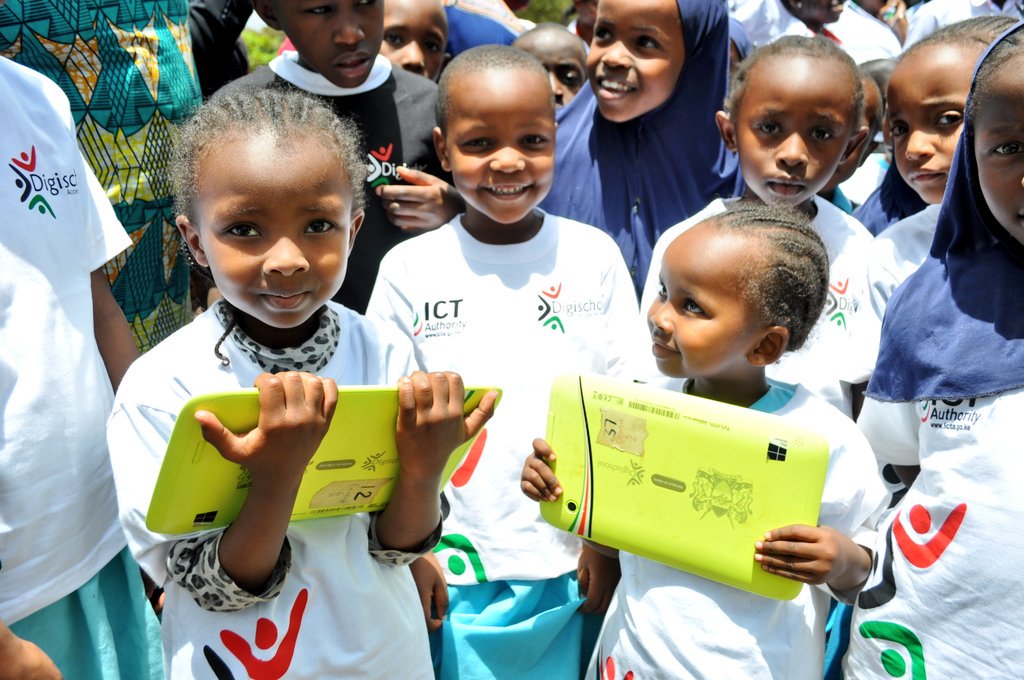[dropcap]D[/dropcap]igitalisation is changing the rules of the game. The digital economy carries the promise of unlimited opportunities, as the latest solutions for tomorrow’s economy. The first 15 years of the 2000s will probably be considered a turning point in economic history. In this period, digital economy fully came to replace the old, analogue economy. In many industries, digitisation is at the acceleration point on the classic S-curve, indicating where new services, products and technologies are emerging.
Societies are in constant transformation, with “new” ideas challenging” old” ones. The objective that drives change and development is the desire to improve productivity, because higher productivity is the most important explanation of long-term prosperity. Higher productivity leads to higher incomes. Each person produces more goods and services and therefore receives a higher income. Higher incomes can then be used for increased consumption, more investment, more public services, but it can also mean more leisure.
Digitisation is leading to big changes. However, we should be aware that new technologies require many factors in order to have full impact. E-commerce is a good example of this since its roots date back to the late 1800s, with the introduction of an innovative idea: mail ordering. And even though the Internet was invented in the 1950s, e-commerce (mail ordering via the Internet) started to take off years later, in the late 1990s.
Today, E-commerce is still only about 5% of all trade, which is about the same as what mail-order trade accounted for when it was at its peak. But digitisation affects the way we do commerce in many other ways. Logistics has been trimmed through barcode systems, price comparison sites contribute to better competition and major traditional retailers have implemented e-commerce strategies.
The introduction and adoption of new technology may take time, since many factors must be in place, but the development does not stop. It is important though that laws and other restrictions do not challenge developments. Today, there are many indications that digitisation is transforming more and more areas because many factors are in place. To achieve a significant impact, digitisation has to be widely diffused within the economic and social fabric of a nation. For this to occur, digitisation has to fulfill several conditions; Affordable to allow scalable impact, Ubiquitous reaching most population of a national territory, Accessible by multiple fixed and mobile voice and data devices, Reliable, providing sufficient capacity to deliver vast amounts of information at speeds that do not hinder their effective use.
Digitisation now touches every part of the economy in our country, this is by: introduction of e-citizen for faster access to government services, introduction of online filling of taxes by KRA, introduction of digital employment/ freelancing via Ajira Digital, payments have been made easier by MPESA, Airtel Money and Mobile banking technologies, access to utilities has been made easier using digital technologies, shopping has been simplified with emergence of online retailers such as Jumia, Kilimall etc. Also digitisation allows governments to operate with greater transparency and efficiency.
Digitisation has a proven to benefit the country in a number of ways; impacted on reducing unemployment, improving quality of life, and boosting citizens’ access to public services, has led to creation of jobs, it fundamentally reshapes business models, lowering barriers to entry and expansion to new markets, it lowers costs of doing business, it makes advertising easy and measurable i.e. via social networks and search engines, it enables financial inclusion and enables expansion of businesses to new territories.
READ: North, South Korea leaders meet after historic handshake
Digitisation has developed and is challenging old ways of doing things in many areas. For several decades, digital technologies have been playing a key role in boosting the efficiency of process engineering and production processes but digital transformation is capable of even more: It can revolutionise supply chains, disrupt conventional business models and create entirely new business models. The question is how it will change the way we produce goods and services, consume and live. How will people work, consume and live by 2050? Will it be radically different from the late 2018?













Leave a comment